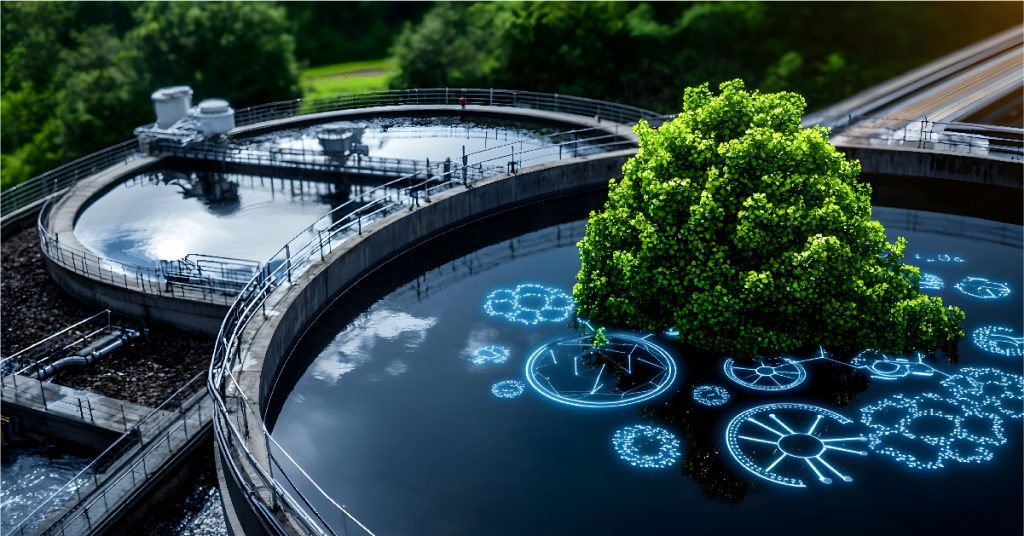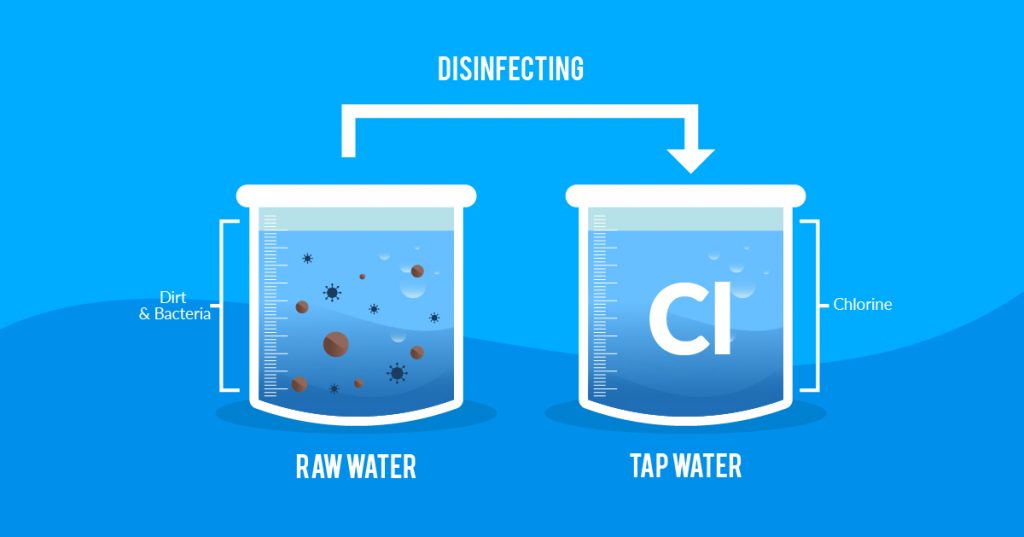Water scarcity is no longer a challenge exclusive to arid regions—it’s a growing concern across the United States. In this context, brackish water has emerged as a vital, underutilized resource. Found between freshwater and seawater on the salinity scale, brackish water is increasingly being tapped for agricultural, industrial, and even municipal use. But what is brackish water, and how can it be treated effectively to meet growing demand?
This article explores the sources, salinity levels, applications, and treatment technologies of brackish water in the U.S., focusing on both the potential and the challenges involved.
What is Brackish Water?
Brackish water is defined as water that has a salinity level between that of freshwater and seawater—typically ranging from 1,000 to 10,000 mg/L of total dissolved solids (TDS). This salinity level makes it unsuitable for direct human consumption or most agricultural uses without treatment. Brackish water salinity is high enough to affect taste and can corrode pipelines, but it’s significantly less salty than seawater, making it more economical to treat.
Brackish water occurs naturally in estuaries, coastal aquifers, and some inland groundwater sources. Human activities such as over-pumping freshwater aquifers can also lead to seawater intrusion, increasing salinity, and creating brackish water zones.
Sources of Brackish Water in the USA
The U.S. is home to vast brackish groundwater reserves, particularly in arid and semi-arid states. According to the U.S. Geological Survey, Texas, California, Arizona, and Florida have some of the highest volumes of brackish groundwater.
Common sources include:
- Coastal aquifers in Florida and California
- Inland saline aquifers in Texas and New Mexico
- Estuarine systems near the Chesapeake Bay and the Mississippi Delta
These reserves, if properly treated, can provide an alternative to overdrawn freshwater supplies and help reduce dependence on surface water bodies.
Uses of Brackish Water
Treated brackish water has found a growing number of applications across industries:
- Agriculture: With proper filtration and nutrient balancing, brackish water can be used for irrigating salt-tolerant crops.
- Industrial Processing: Many industries use it for cooling systems, boiler feed water, and product washing after treatment.
- Municipal Use: Several U.S. cities are blending treated brackish water with freshwater supplies to meet urban demand.
- Aquaculture: Fish farms often use brackish water to raise species like tilapia, shrimp, and barramundi that thrive in medium-salinity environments.
Desalination of Brackish Water: Key Treatment Options
The desalination of brackish water is far less energy-intensive than seawater desalination due to its lower salinity, making it a more viable and cost-effective option in many inland areas.
Here are the primary technologies used:
1. Reverse Osmosis (RO)
Reverse osmosis is the most widely adopted method for desalination of brackish water. It forces water through semi-permeable membranes to remove salts, minerals, and other contaminants.
Advantages:
- High efficiency in TDS removal
- Scalable from small plants to city-level systems
Limitations:
- Membrane fouling requires regular maintenance
- Reject brine must be properly managed.
RO is particularly popular in arid states like Texas, which has dozens of municipal brackish water RO plants.
2. Electrodialysis (ED and EDR)
Electrodialysis uses electric currents to pull dissolved salts through membranes, separating them from the water.
Advantages:
- Ideal for low-to-moderate brackish water salinity
- Less sensitive to scaling than RO
Limitations:
- Less effective for high-TDS levels
- Requires electricity and pre-treatment
ED is being increasingly used in industrial and rural desalination projects.
3. Nanofiltration (NF)
Nanofiltration membranes remove divalent and larger ions but let monovalent ions like sodium and chloride pass. It is suitable when partial demineralization is needed rather than full desalination.
Advantages:
- Energy-efficient
- Retains some beneficial minerals
Limitations:
- Limited effectiveness against monovalent salts
- Not suitable for highly saline sources
Ion Exchange’s Innovative Range of MEMBRANE SOLUTIONS
Ion Exchange offers a diverse range of products and solutions for water treatment, including:
- Reverse Osmosis: Reverse osmosis (RO) is a technique that converts seawater into freshwater by forcing it through specialized membranes using unique filters. These membranes keep the salt out. RO is easy to expand for more water, and can use less power if we add energy-saving systems. But it’s important to clean the seawater first, so the filters work well. With energy-saving systems, we can use 30 to 40 percent less power. Therefore, reverse osmosis (RO) is an effective method for obtaining fresh water from seawater.
- Electrodialysis: Electrodialysis is a technology that employs specialized membranes and electricity to separate salts from seawater, serving purposes beyond producing drinking water. This process can also be utilized to produce salt, desalinate soy sauce, and recover valuable substances from saline wastewater. Therefore, its applications extend well beyond just drinking water, encompassing various other beneficial uses.
The Future of Brackish Water in the U.S.
As climate change, drought, and urbanization continue to stress existing water supplies, brackish water is likely to become a cornerstone of America’s water resilience strategy. Federal and state governments are already funding pilot projects and full-scale plants focused on desalination of brackish water, especially in states like Texas, New Mexico, and California.
Advanced monitoring systems, AI-driven treatment optimization, and better brine management practices are expected to make brackish water even more cost-competitive in the coming years.
Conclusion
The question is no longer “what is brackish water,” but how quickly and responsibly we can tap into its potential. With abundant reserves and improving treatment technologies, brackish water is well-positioned to meet both current and future water demands in the U.S.





